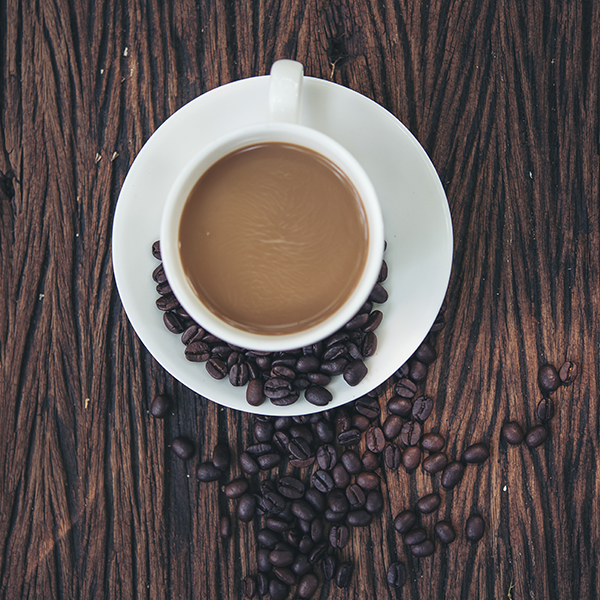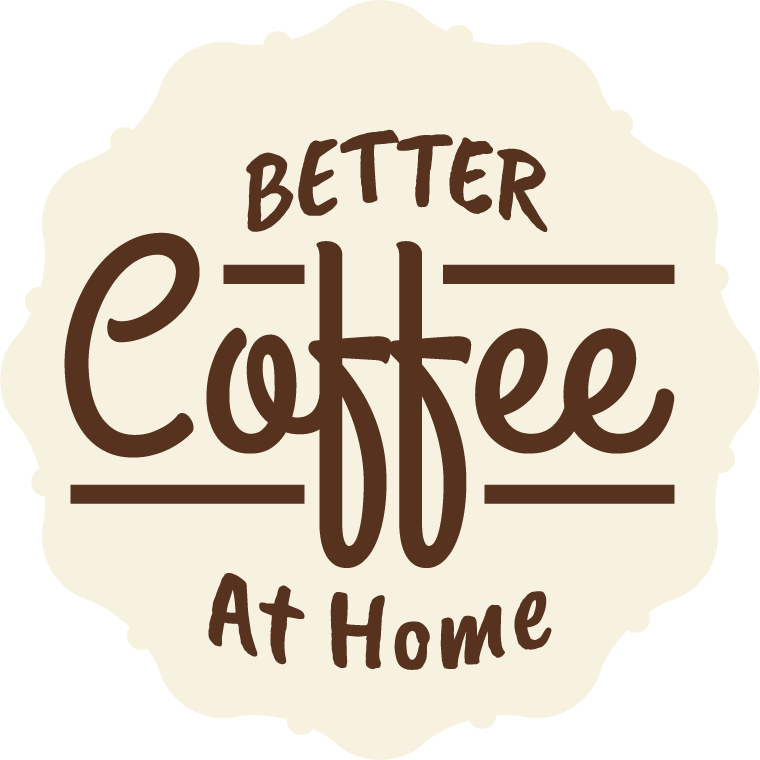Drinking better coffee warms the soul.
Have you ever wondered how the barista down the street makes such good coffee and yours tastes like crap?
How does this magic work? How are they brewing better coffee than you?
It’s definitely not magic.
There are just a few basics that you need to pay attention to that will get you brewing and drinking better coffee.
Good Coffee Is Like Wine
Coffee is starting to be looked at more and more like wine. There are so many different flavors of coffee out there.
And I’m not talking about flavored creamers or beans with flavor adding oils sprayed all over them.
I’m talking about beans that have been hand-selected, as seedlings, for their specific flavor qualities.
Beans that are region and farm specific that give you unique flavors that other regions don’t have.
Take a wonderful Ethiopian coffee for instance. Lot’s of coffee from Ethiopia have tea and berry-like qualities.
Are you thinking that coffee is pretty complex?
If you’re starting to realize that coffee is actually more than you’ve always thought it was, then this is a good starting point.
Coffee is a simple yet complex drink.
It’s a socially accepted drug that everybody seems to be ok with!
I love coffee and I’m sure you do.
Not The Average Coffee
There is more than just brown flavored water out there.
That’s how I enjoyed coffee for years, but After diving into the world of specialty coffee I firmly believe that there is a much more enjoyable and responsible way to enjoy coffee.
An Easy To Follow Guide To Brewing Better Coffee
I want this guide to be an easy way for you start drinking better coffee.
These are easy to follow steps, that anybody can do.
Before we get started though, there are a few essential tools that definitely make the job of brewing better coffee much easier.
These are:
- A Grinder
- A digital scale
- And the obvious one: Fantastic coffee beans
These tools give us loads of control. Allowing us to get repeatable results and make educated adjustments when dialing in that perfect brew.
Tips To Drinking Better Coffee
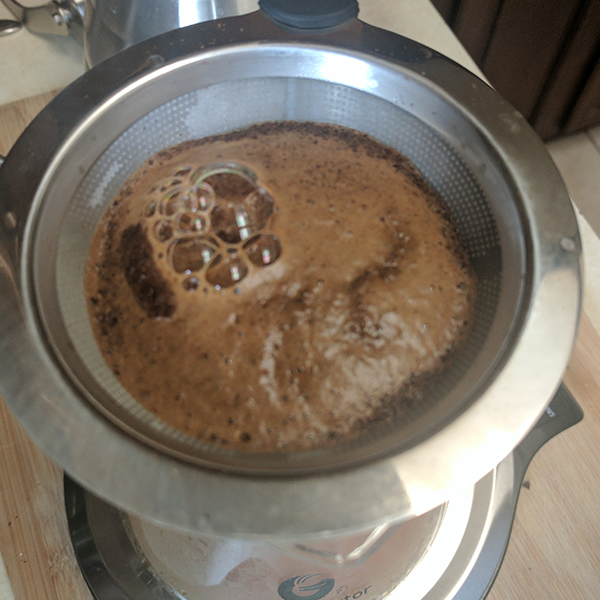
Finding your favorite bean
If you are new to the world of specialty coffee and haven’t started to explore then finding your favorite coffee is just a matter of time.
Beans from all over the world give you a different tasting cup.
There are so many things that affect a bean’s flavor.The region, The variety, the amount of love the farmer has put in.
All of these change what you get in your cup.
The environment, especially, plays a huge role.
For instance, a bean grown in Colombia is going to make a different tasting coffee than a bean grown in Ethiopia.

A very quick breakdown of flavors by region:
Central America(Guatemala, Costa Rica, Honduras, Mexico, El Salvador) – Balanced; having both fruit and cocoa type characteristics.
Brazil – A huge producer of coffee(2,859,502 Us tons in 2014). Since Brazil produces so much coffee on so many different farms, that also means that there are a lot of variables in the flavor. Generally speaking, Brazilian coffee will taste slightly like peanuts and have a lingering aftertaste.
Colombia – Colombian coffee’s are sweet with a medium-creamy body. Colombia’s climate has been changing since the 1980’s lessening the usable farmland.
Ethiopia – The home of the Arabica Bean! There are so many different unique varieties growing here, the climate is so great for coffee that it naturally thrives in the wild. As you can imagine, all of those varieties come with a huge flavor range. Coffee from here can taste like anything from intense blueberry or strawberry flavors all the way to cups of coffee that tastes more like a tea with lemongrass.
Kenya – Kenyan coffee, unlike most coffee, is grown almost exclusively without shade. This, combined with the unique processing method gives coffee from this region sweet and savory characteristics. (Think tropical coffee.)
Indonesia – Popular coffee regions from within Indonesia are Papua New Guinea and Sumatra. Coffee beans from Papua New Guinea are usually sweet and floral while beans from Sumatra are really heavy tasting with earthy spicy tones.
Tip: Whenever you read the term acidity, in the coffee world it’s generally considered a good thing. A coffee with more acidity is going to have a brighter taste. A coffee with a big body in comparison will have a bolder more heavy feeling in your mouth. These things are easier experienced than explained. Just keep the ideas of acidity, body, and mouthfeel in your mind while drinking.
Processing Methods
The environment isn’t the only thing that will affect a beans taste. The way the coffee bean has been processed(prepared after picking) will give you different flavors as well.
There are two main ways of processing the coffee bean: Natural and washed.
- Washed(Wet Processed): This is the most popular method used around the world. Coffee processed this way is allowed to really show off it’s true acidity. The outer fruit layer is washed away.
- Natural: Coffee processed this way will have a bigger body and lower acidity because the bean has fermented inside of the fruit. 80% of the coffee in Brazil and Ethiopia is processed this way.
Roasting Levels
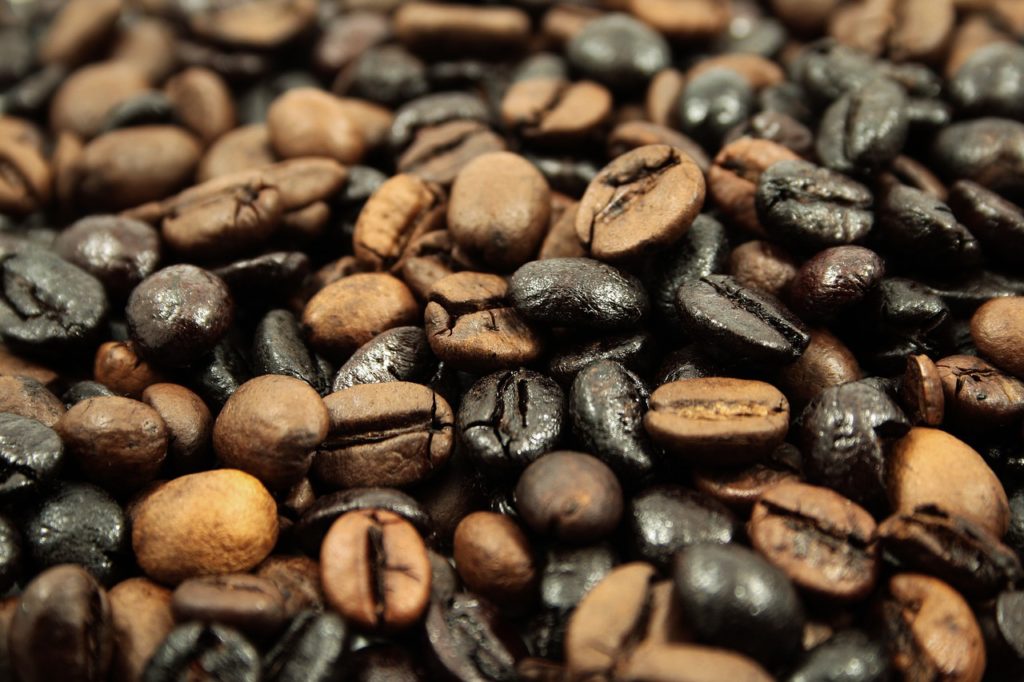
The ways to change the taste keep going…Then there is roasting.There are a few different types of roasts; light roast, medium roast, and dark roast are what you most likely see.
- Light– Will show off the beans acidity more. A light roast allows the true nature of the beans to shine through. Common names you may have heard that describe a light roast are: New England roast, Half city, Light city and cinnamon roast.
- Medium – This roast will not overpower the natural flavors of the coffee either, still allowing any fruity tones to come through while also pulling out some of the bolder notes and body the bean has to offer. Think of balance when it comes to medium roasts. You will normally see coffee labeled as American, City or Breakfast when it is roasted to medium.
- Medium/dark – Since we are roasting this coffee longer(going darker) this coffee is beginning to develop a bigger body with a somewhat noticeable flavor from the roast. You may see coffee’s roasted this way also called Full-City or Vienna roast.
- Dark – A dark roast actually has less caffeine per bean than a light roast. And according to Daryl,the coffee roaster at Lion Coffee “As you get this far into the roast You will taste more of the roast and less of the distinct flavors from the region where it was grown.” A dark roast can be shunned by a nose up coffee connoisseur.The most popular names for coffee that is roasted dark are: Espresso, Italian and French.
I know that’s a lot to take in but once you dive in you will pick it up very quickly.
There is still something else that affects the flavor of your coffee and that is brewing method. The way you brew works in conjunction with other things like grind types and we will be going in-depth on these throughout the article.
Grind right before you brew.
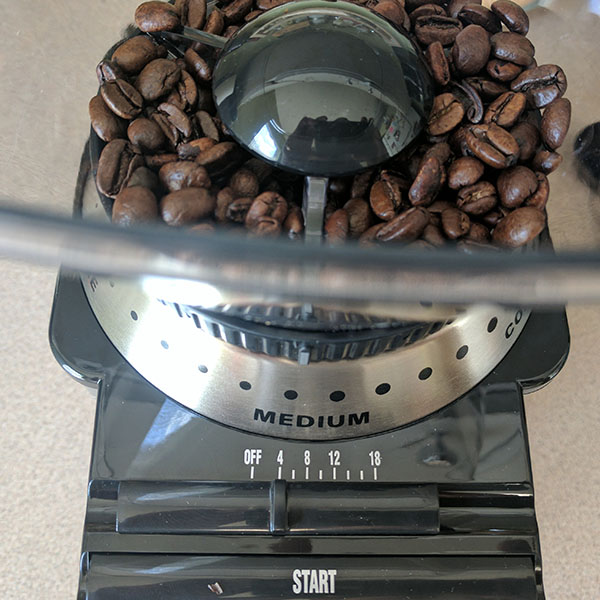
Coffee actually begins to lose its flavor very quickly once it has been processed. This flavor lose is called “stalling.”
If you’re buying coffee that is pre-ground you definitely have room to improve your flavor.
Coffee stalling is a natural process that happens even with whole beans.
Whole beans, however, have significantly less surface area in contact with air, compared to beans that have already been ground. Which means less coffee is actually exposed to the outside environment, this slows the natural process of stalling.
Giving you fresher tasting coffee.
Now that you know to maximize flavor you should grind right before brewing, what size do you grind?
Know your grind sizes.
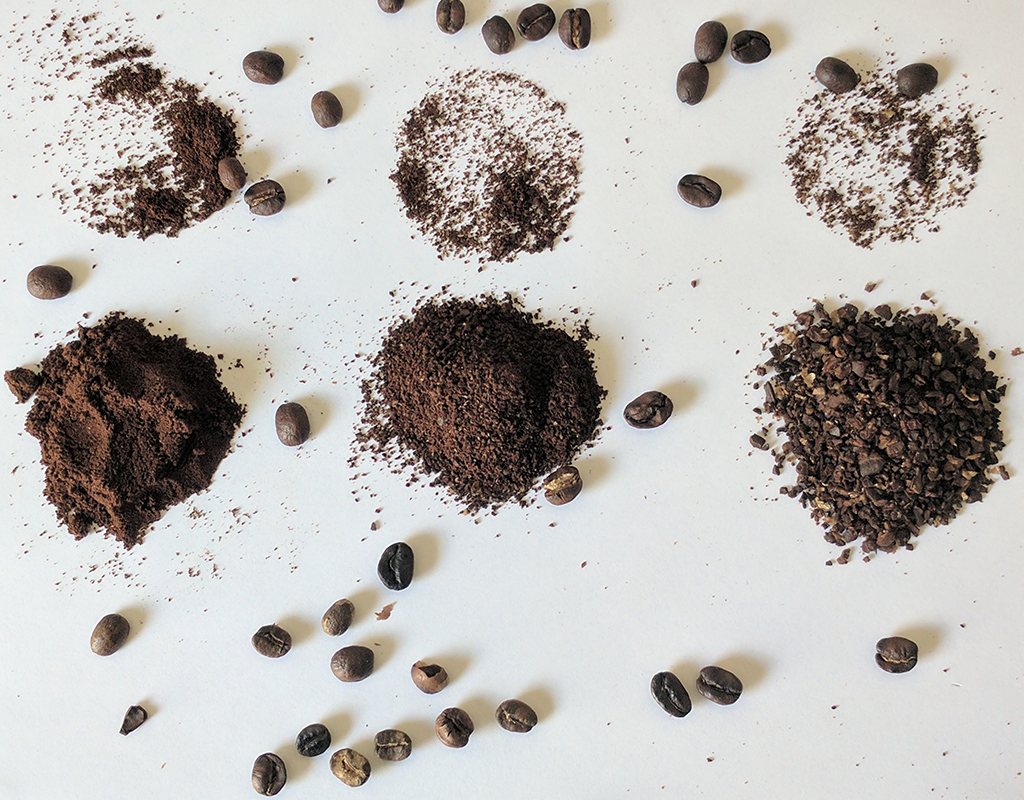
The size of your coffee grind is also directly related to the way your final cup will taste.
Basically, the finer the grind, the more flavor you will be able to extract.
There is such a thing as too much coffee flavor!
For instance, if you are making an espresso you will want a coffee that is ground very fine. This is because espresso is made by forcing water through the coffee grounds very quickly.
Because the coffee is only exposed to the water for a matter of seconds, the beans need to have lots of surface area in contact with the water in order to transfer all of those intense flavors very quickly.
Grind Sizes
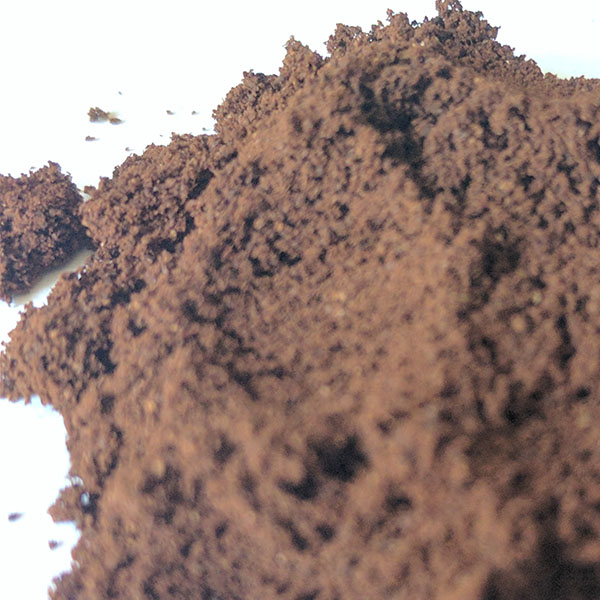
Fine Grind – Quick brew times- 3 minutes tops. Used in brew types like espresso, moka pots, and Aeropress.
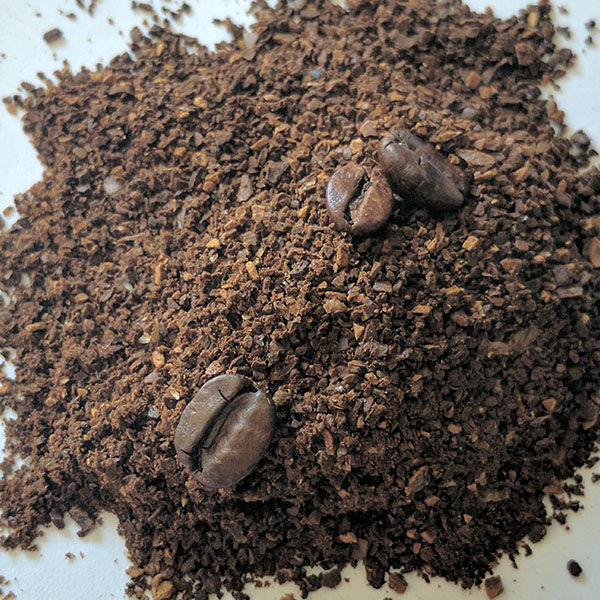
Medium grind – Used for most drip makers, Chemex and pour overs. Brew times shouldn’t exceed 8 minutes.
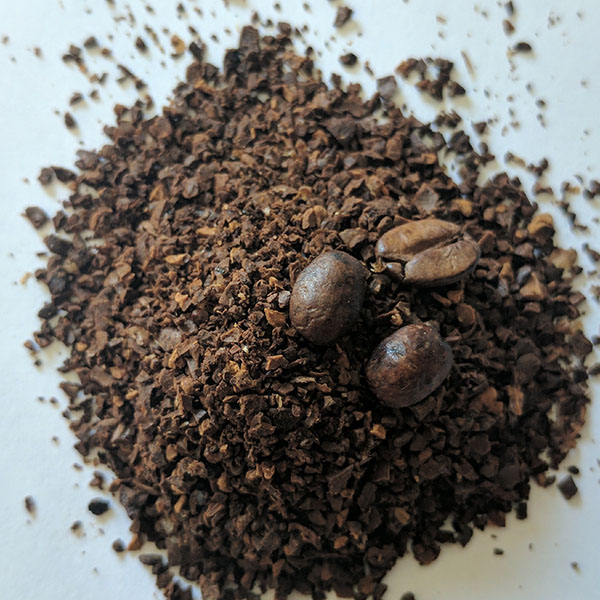
Coarse grind – Used for french press and cold brew. Brew times for cold brew can take up to 24 hours.
Now, these are just references.
Super quick ones at that.
Use them as starting points and adjust from there.
There are grinders with over 40 different settings on them.
Grinding your coffee is something that is personal. You have to find the right grind for you and experimenting is the best way to do this!
Brew In Ratios
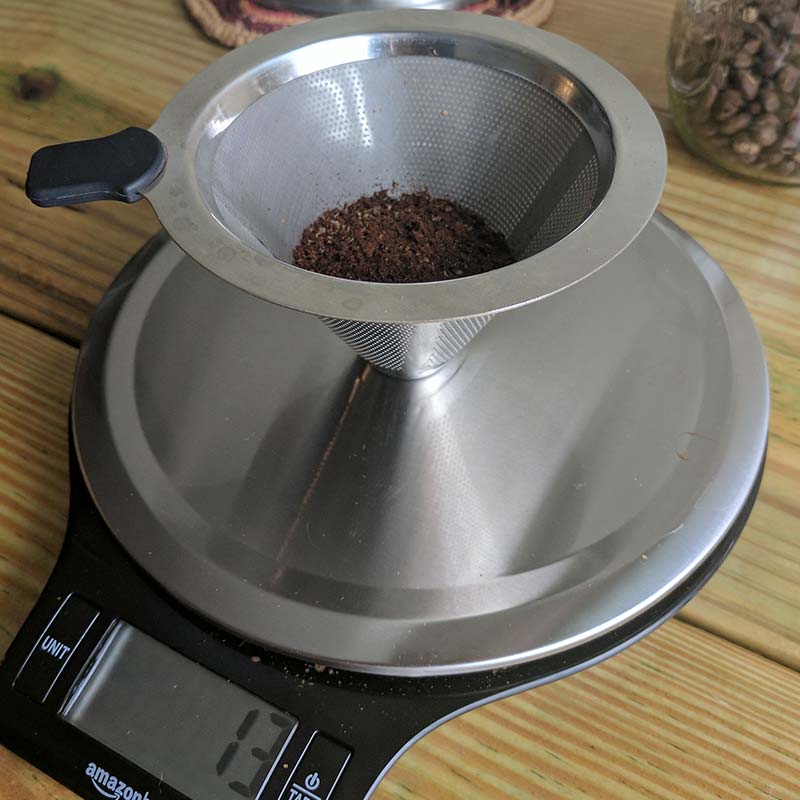
We are talking about your ratio of coffee to water.
Finding a ratio that you like is a very personal thing. Everybody’s taste buds are unique.
But the idea here is to start brewing in terms of ratio, that way it’s easier to fine-tune the taste of your cup.
This is where your digital kitchen scale will come in handy.
Do yourself a favor and start measuring everything in grams. It makes brewing better coffee so much easier.
The fancy, dancy SCAA recommends That all of their home brewers, brew a perfect cup of coffee at an 18:1 ratio(That’s 55 grams coffee to 1 liter[1000 grams] of water)
Every person’s taste is going to be different but if you have never paid attention to ratio before A good starting point is to go with either a 16:1 or 18:1 ratio.
You will find most coffee shops brewing with these ratios but there are tons of more advanced recipes if you want to get into them.
Why can’t I use tablespoons to measure?
Using a tablespoon and measuring by volume is very inconsistent because every coffee is different.
Some coffee weighs more than other coffee so not every tablespoon of coffee is going to weigh the same.
But if you insist on using a tablespoon Each one is approx. 5 grams so you would need two tablespoons for every 6oz of water.
For consistent results, I really recommend getting a digital scale.
They really aren’t that expensive and they help you control a lot of the variables.
Water
Water makes a big deal.
You’re probably using tap water to brew your coffee.
I’m guilty of it because of convenience.
Coffee is basically 98% water so it makes a lot of sense that the water used will affect flavor.
Tap water contains lots of “extras” in it that hurt the extraction process.
Water that is “softened” or distilled should also be avoided. The mineral content or lack thereof, in these waters affect the extraction process.
Water’s mineral content and PH level can have drastic effects on your final cup of joe.
Specialty coffee shops invest loads of money into water filtration systems.
It’s best to use any kind of bottled spring water.
If buying spring water starts to get a little pricey for you a simple step you can take is to buy a water filter like a Brita pitcher or one that connects to your faucet.
Using filtered water is a big step in quality when it comes to brewing better coffee.
And it’s super easy to get anything better than tap water.
Water Temperature
Water temperature affects extraction. The hotter the water the easier it is to extract flavors from the coffee.
Most places will tell you to brew with water between 195F-205F.
This is common practice for most brewing methods.
But like most things in coffee, this is not a set in stone rule.
Take for instance the Aeropress.
The directions tell you to brew with water that is at a temperature of 165F-175F.
There have been multiple Aeropress brewing championships won with varying water temperature.
The important thing is to not brew with boiling water.
Water that is boiling will burn your coffee.
Brew Time
Brew times will change depending on the brewing method you choose. Grind types directly affect brew time.
For manual brewing methods like a pour over a fine grind will have a longer brew time than a coarse grind.
If you want a stronger coffee(longer brew time) make a finer grind. If your coffee is too strong(It brewed for too long) make your grind more coarse.
Accepted brew times per method are:
- Drip machine: 6 minutes
- Pour over: 3-5 minutes
- Espresso: 20-30 seconds
- Aeropress: 1:30-3 minutes
- French-Press: 2-4 minutes
- Cold Brew: 12-24 hours
Clean your equipment
This is an easy one to fix and also an easy one to forget about.
Believe it or not, your coffee maker is a perfect spot for bacteria and mold to grow. The warm moist environment is very inviting.
After each use, take the basket and carafe out and give them a good wash. Soap and warm water will do.
Coffee leaves behind lots of oils after it’s been brewed and these old oils will seep into your filter(if using a reusable one) and start to add old dull flavors to your coffee.
Give your coffee filter a smell if you haven’t cleaned it good recently, Kinda smells how your coffee tastes right?
Also, an old clogged up coffee maker will begin to take longer to brew a pot of coffee. We just found out how important brew times were. So, once a month you should run a cycle of half water half vinegar through your machine.
Just be sure to run a cycle with fresh clean water after that before you brew your next pot of coffee.
This helps remove any built up minerals that your water may be leaving behind in your maker.
Be mindful while you drink

This might sound a little hippity dippity to some, but I make my coffee a little bit of a spiritual practice. Being mindful while I drink, I tell myself to slow down and notice how much I appreciate it.
I pay attention to the smell and try to be really thankful as I drink every sip of coffee, this is so much easier with great tasting coffee!
Brew Coffee Manually
If you aren’t already, start brewing your coffee manually. If you don’t know what I mean by manually, then head over here and learn about different brewing methods.
Manual brewing gives you so much power over all of the variables that change the flavor of your coffee.
You can control water flow, water temperature, and brew time with precision.
Allowing you to really dial in your brew.
If you don’t have a manual coffee brewing kit you can piece one together off of Amazon pretty easily.
Take Action, Start Drinking Better Coffee.
I know that if you apply some of these tips you will be brewing better coffee. There is no magic secret to making a good cup, all it is is just understanding a few basics and finding your taste.
Let finding your coffee taste be the best part of the experience, It’s so fun to discover coffee in this way.
As you get more experienced in developing your coffee tastes you will realize how much variation there is in coffee. Currently, the majority of people are drinking what is called commodity coffee. That is not doing this wonderful drink any justice.
The world of specialty and craft coffee is expanding, Homebrewers and roasters are now able to get access to beans from all over the world. This is a luxury, things weren’t always this way. Join the growing community.
Join in on the conversation, comment, follow and like!
If you want to know more about specialty coffee head over here.

